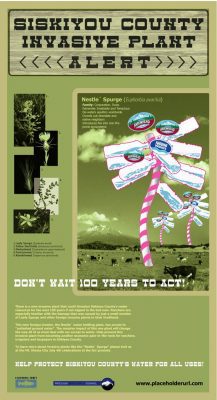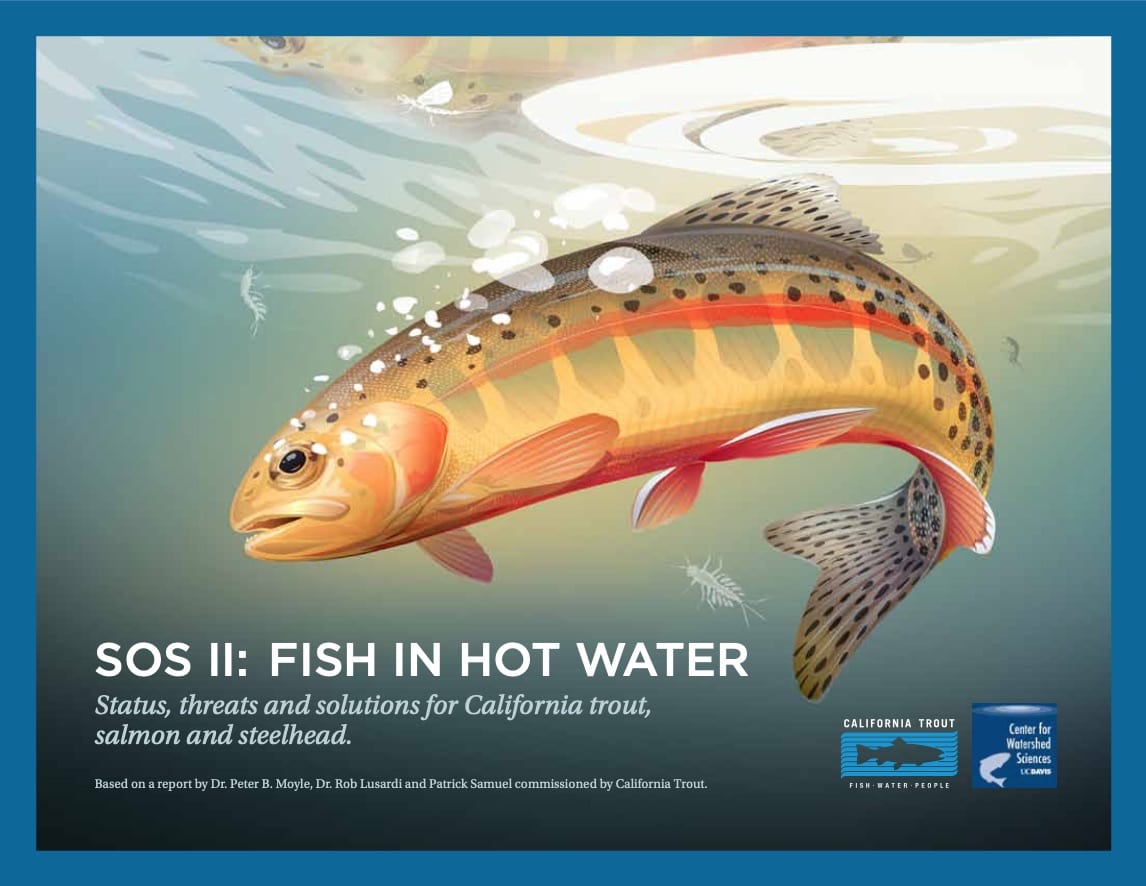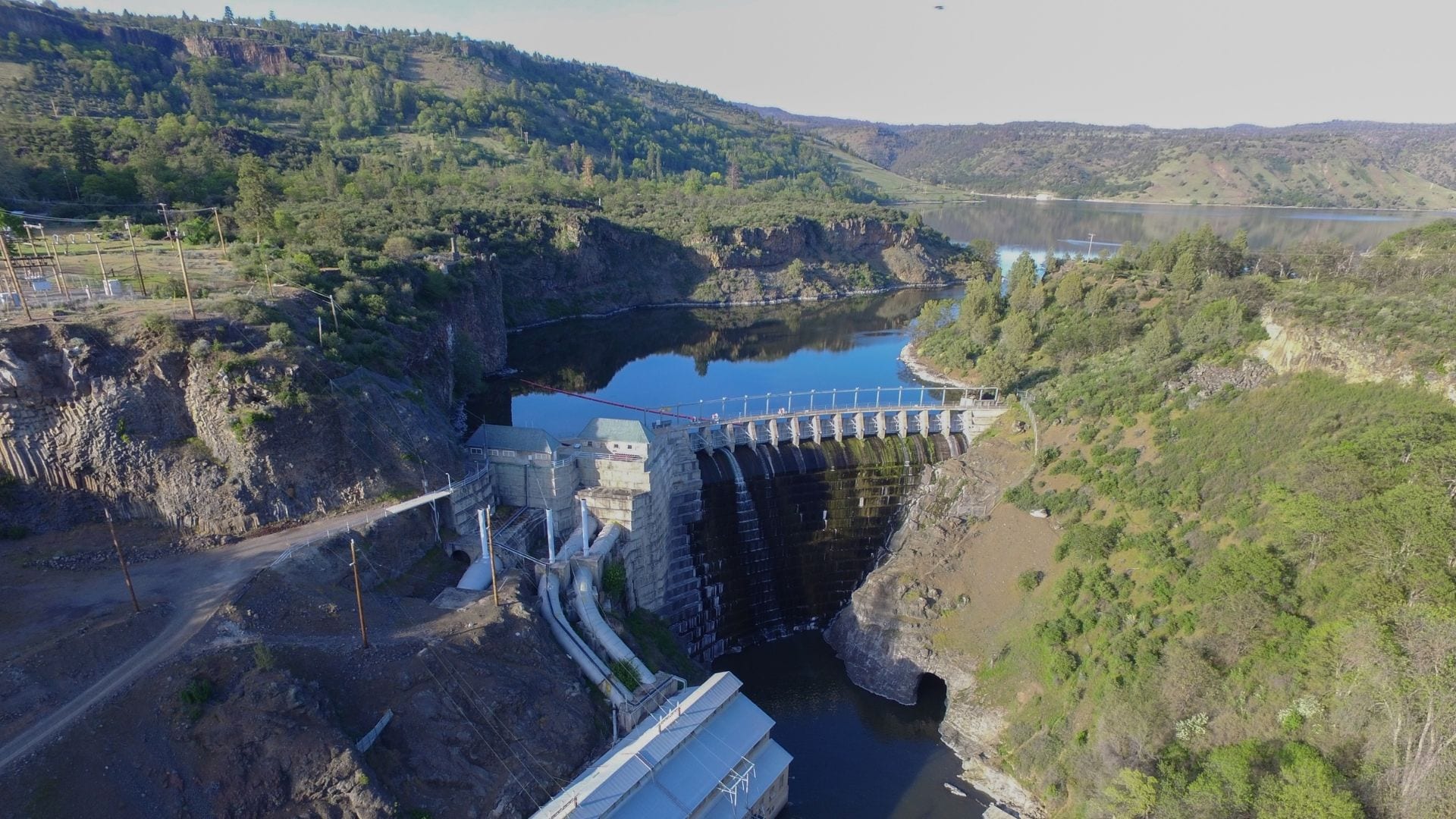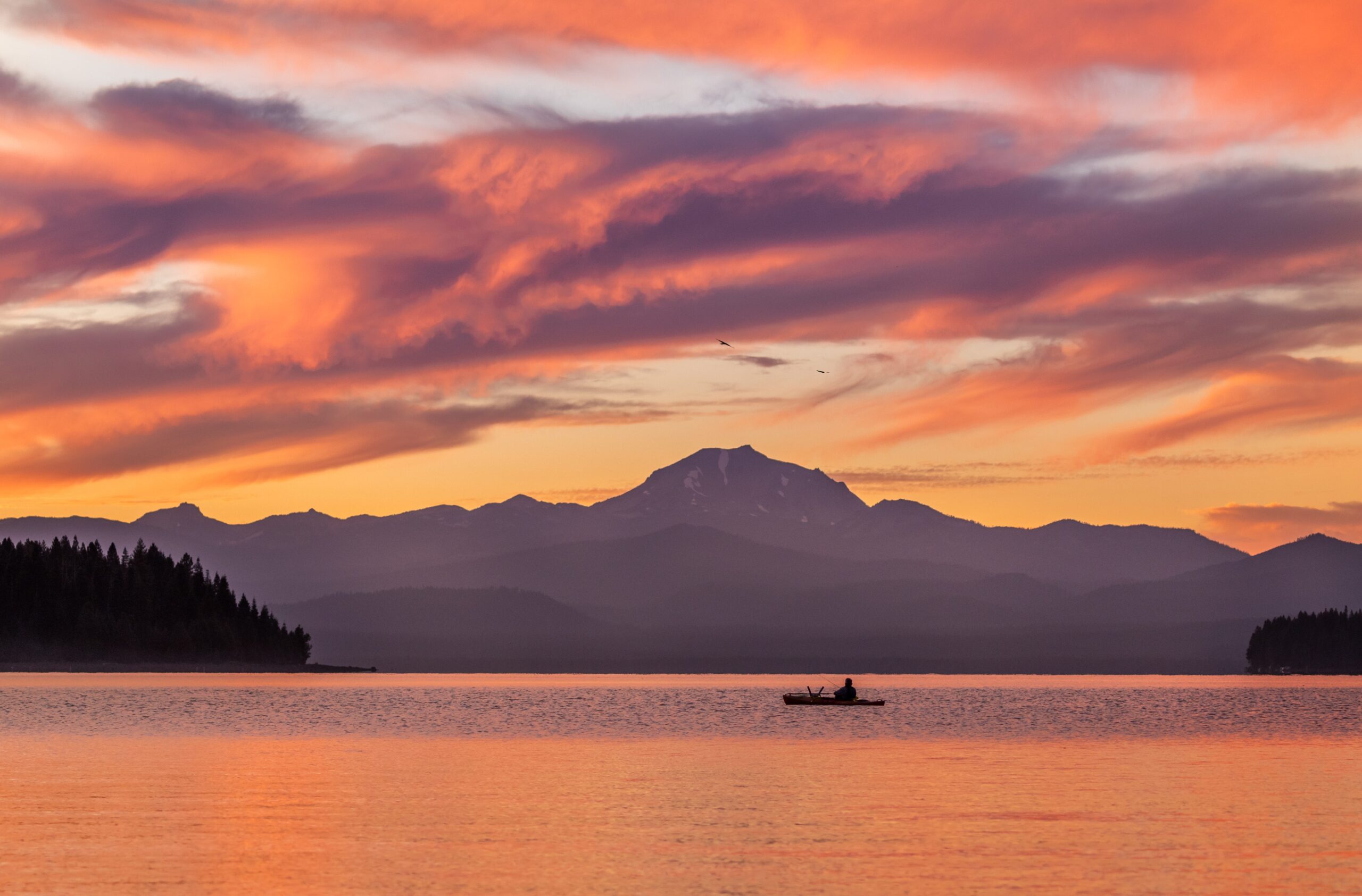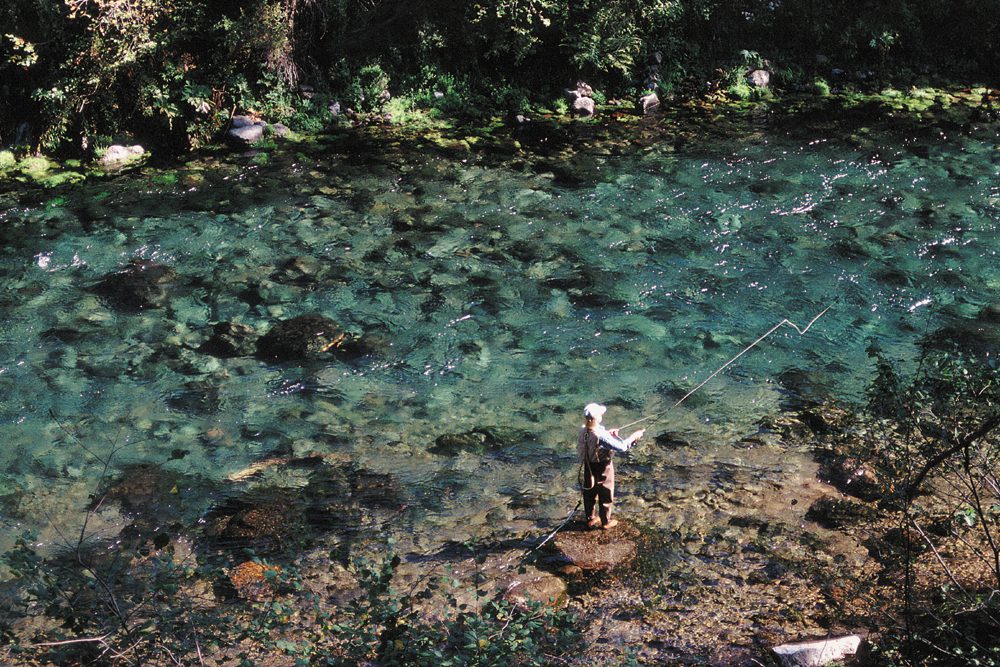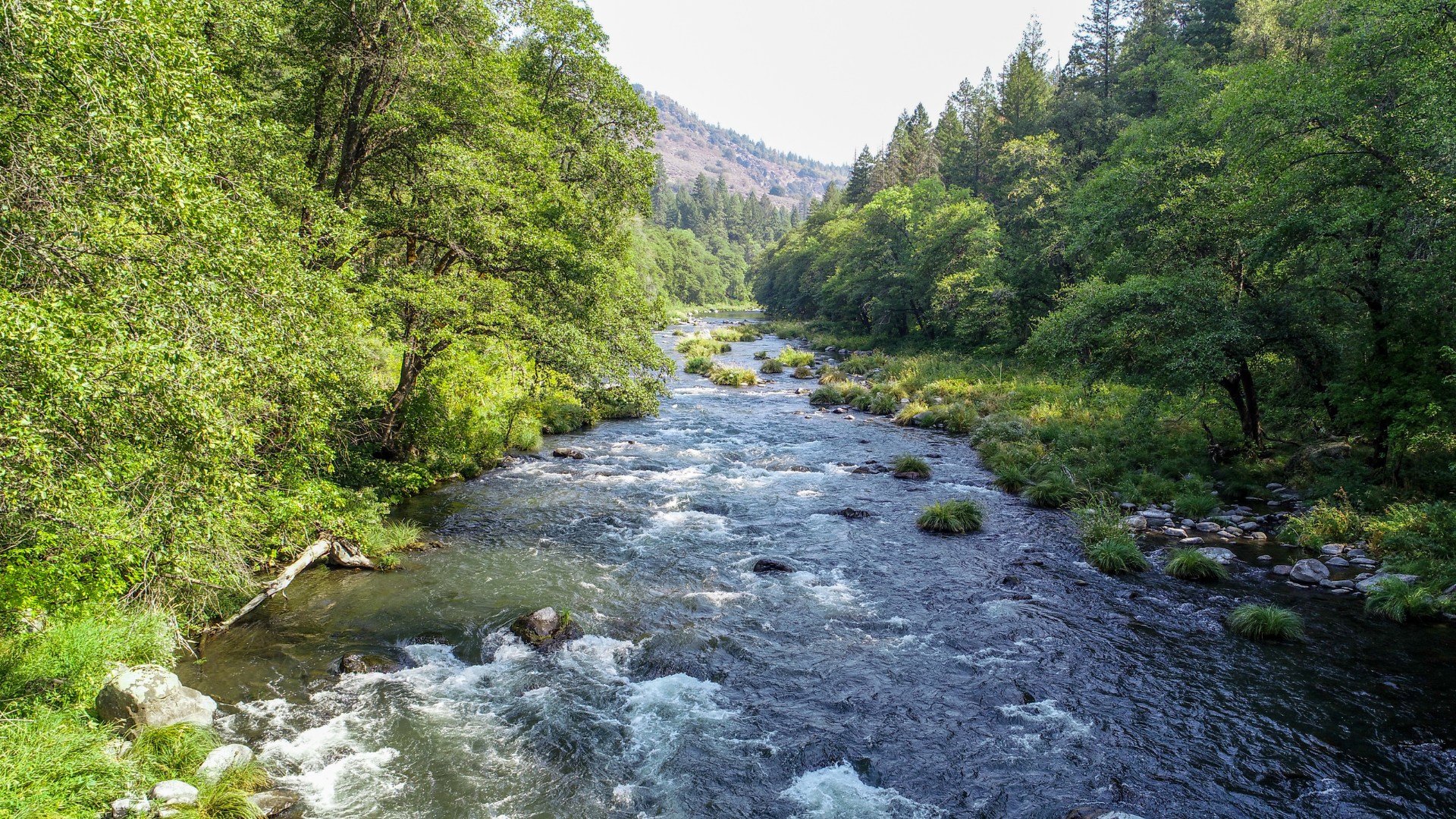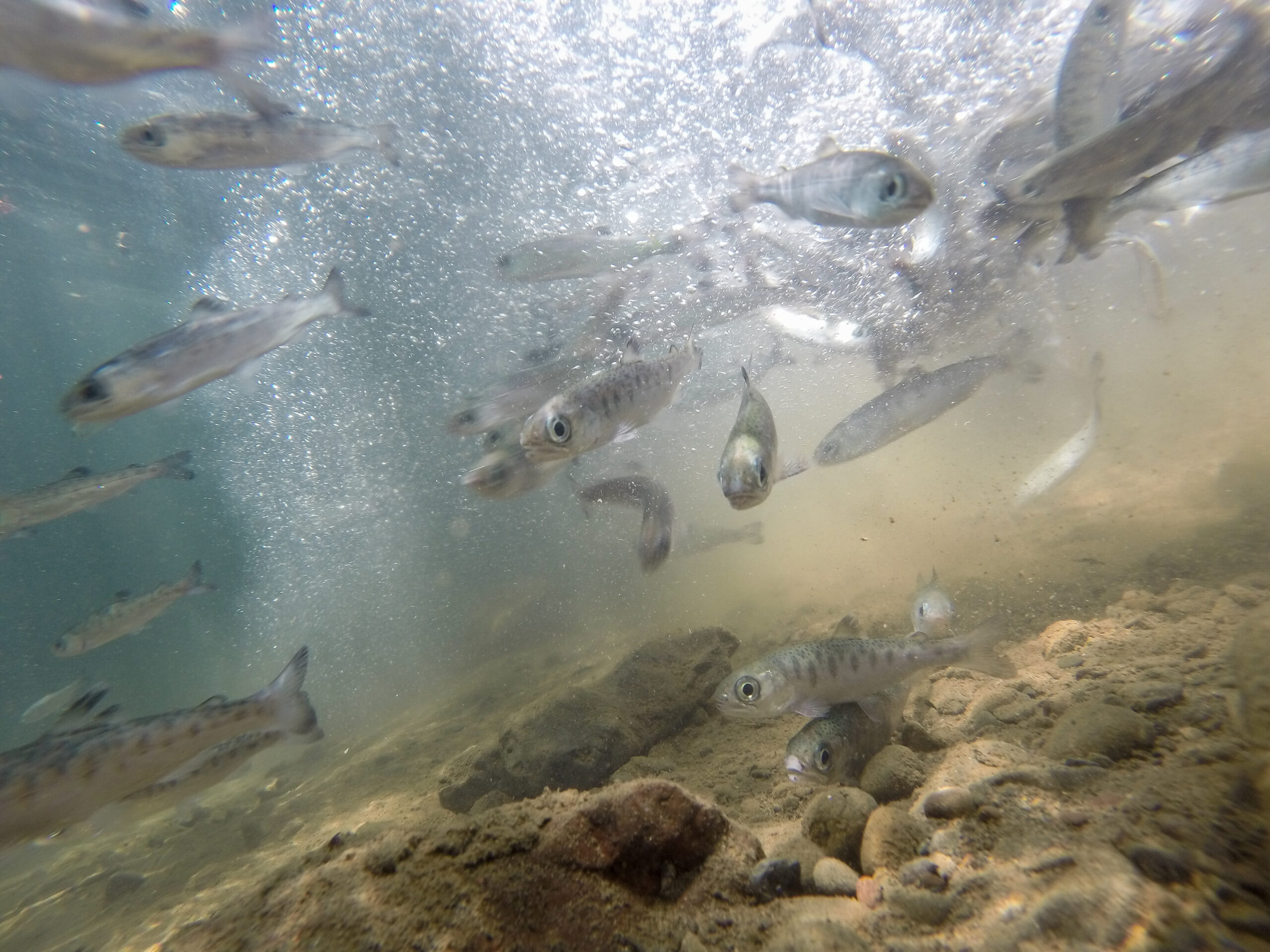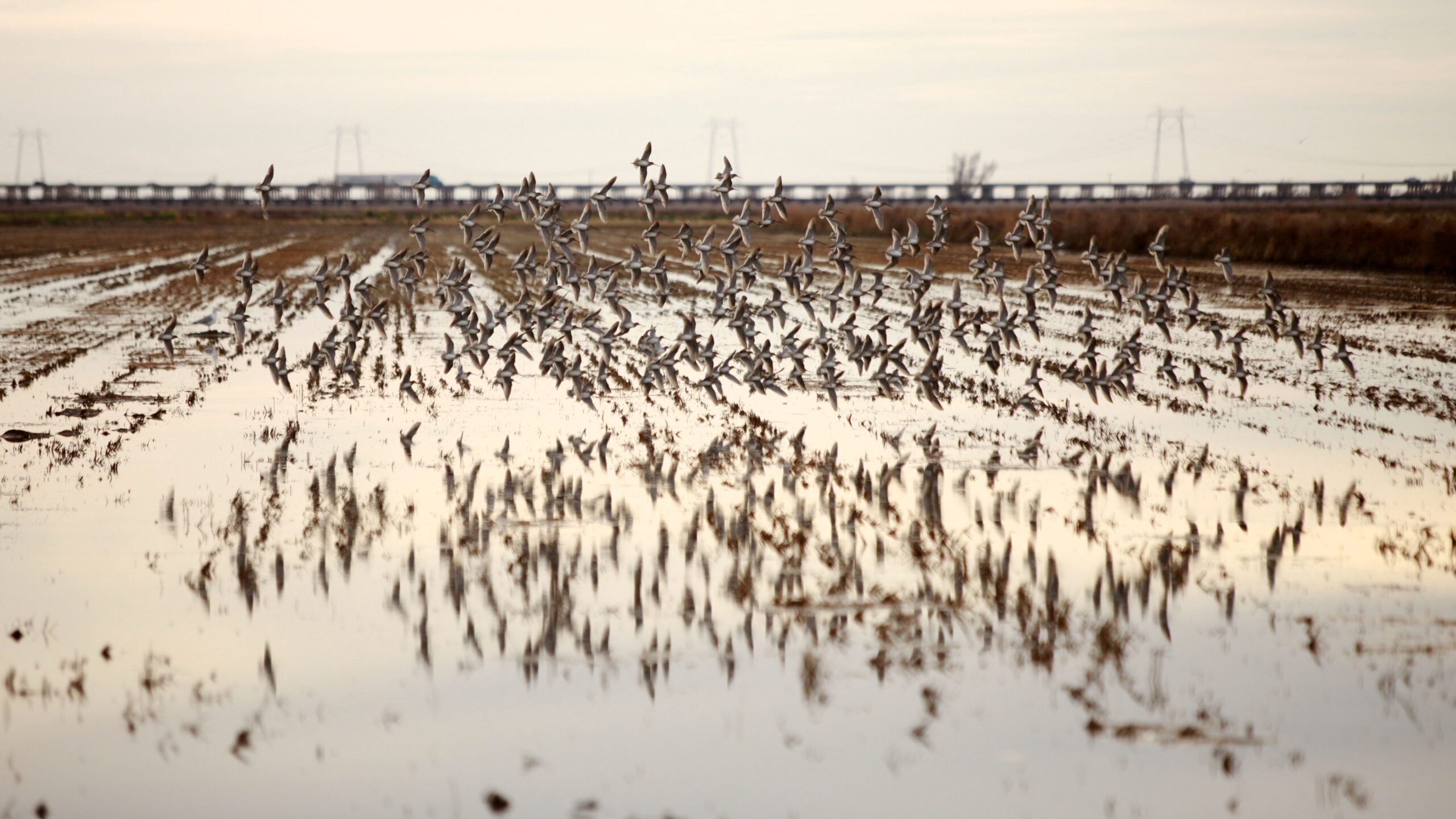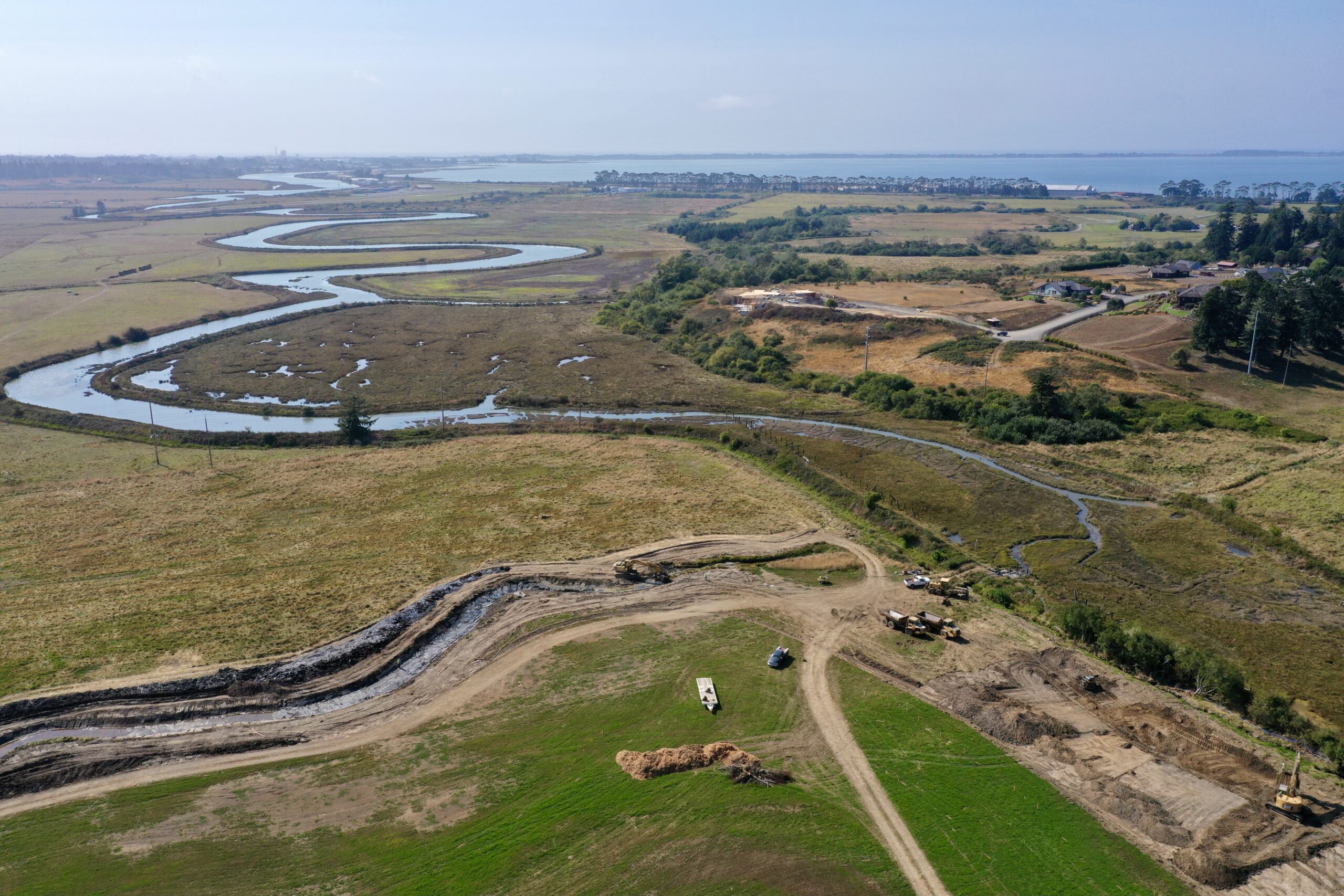By Dick Galland
CalTrout Board Member 2012 - 2021
*This story originally appeared in California Fly Fisher magazine and is reprinted here with permission.
This is a story about water. It is the story of California Trout’s fifty-year efforts to preserve and protect the 200,000 miles of rivers and streams in California for the benefit of wild trout, steelhead, salmon - and people.
The story begins, modestly enough, with gravel - ten yards of gravel. In the 1960s, a group of fly fishers regularly gathered at a little fly shop on Leidesdorff Avenue in downtown San Francisco. Over lunch, they would share fish stories. Often the conversation would become a lament at the steady decline of quality fishing across the state.
One of these men was Jim Adams, a young fisheries biologist recently hired by Pacific Gas and Electric to advise the company on fish issues at their hydro projects across Northern California. Jim suggested that a simple project could be to improve spawning opportunities for the wild browns and rainbows in Crystal Lake and Baum Lake, in eastern Shasta County. The first is a spring-fed tributary of Hat Creek and the second, an impoundment on Hat Creek that feeds a powerhouse. Jim asked PG&E, the landowners, to dump 10 yards of gravel into the 100 foot long stream channel between the two lakes.
The San Francisco anglers spread it evenly across the smooth lava rock stream bed. That autumn, large brown trout moved onto the gravel for their fall spawn. The following spring, big rainbows from the two lakes were so dense in the channel that an additional 20 yards of gravel were added. The anglers were amazed! With that effort, California Trout took its first steps.
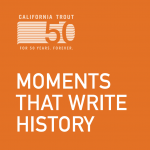
When you see this icon throughout the article, click the box to learn more about the moment in history.
Cover Photo: Dan Rhodes
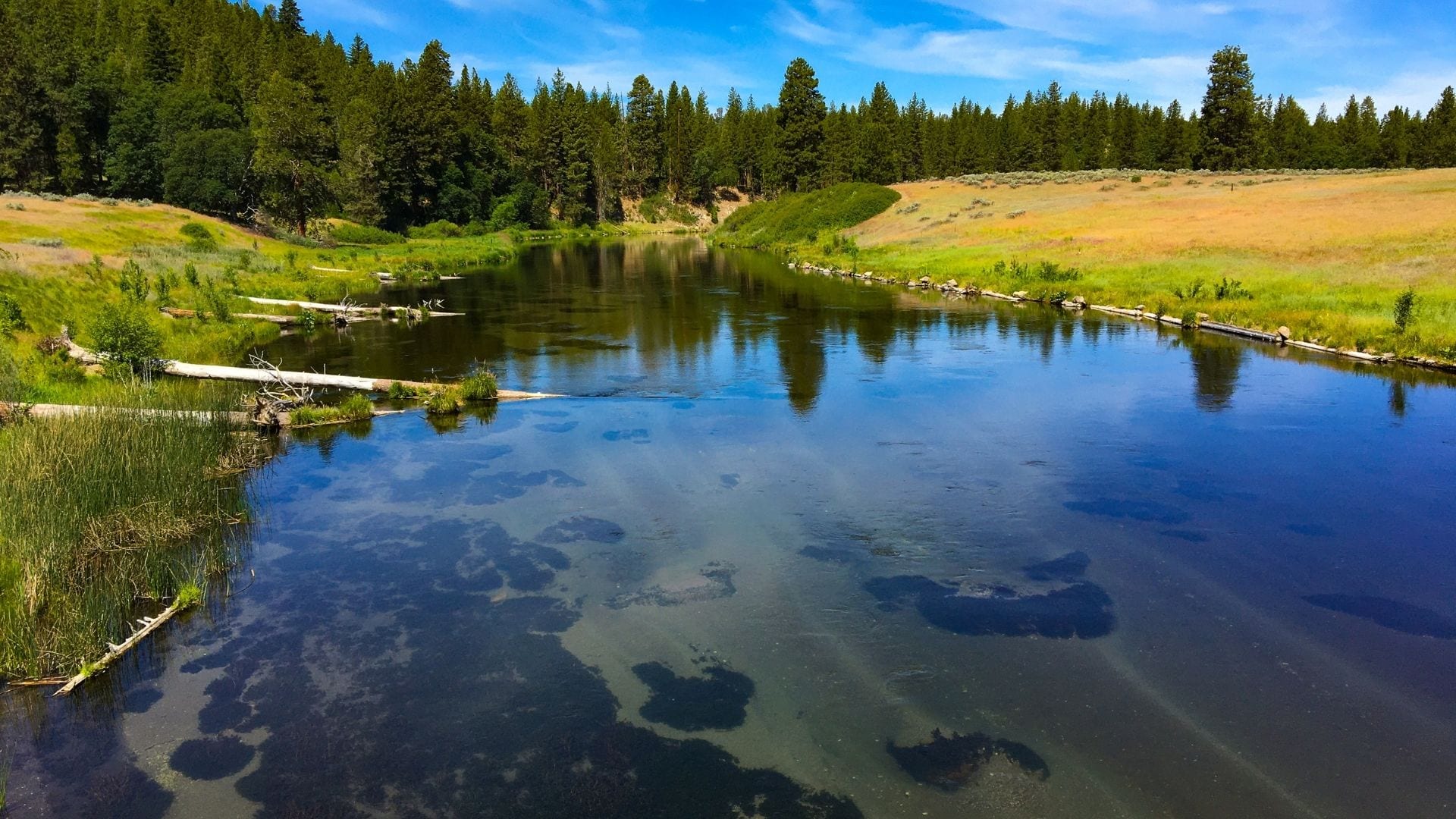
Buoyed by their success, they looked for another project to improve angling in the area. Just downstream, at the end of Baum Lake, Hat Creek emerged from Powerhouse 2 and meandered, broad and clear, for two miles through meadows and woodlands before descending in a mile-long riffle to its confluence with the Pit River. Once known for abundant trout and for annual salmon and steelhead runs, the filling of Lake Britton hadn’t been kind to Hat Creek.
In 1926, the completion of this first dam on the Pit had put an end to the salmon and steelhead. The rising lake waters inundated lower Hat. Vast numbers of Sacramento suckers and squawfish moved into the creek, vacuuming up trout eggs and fry and overwhelming the native trout. Jim Adams suggested building a barrier near the downstream end of Hat Creek, just above the confluence with the Pit River, removing the rough fish, and restocking with trout.
By this time, the anglers had formed themselves into the Bay Area Chapter of Trout Unlimited. They undertook this project with enthusiasm, raising money and partnering with the California Department of Fish and Game, PG&E, and the Wildlife Conservation Fund. The fish barrier was built. The Department shocked out the trout; 385 browns and rainbows were put into hatchery ponds for safe keeping. Then the Department poisoned the stream to remove the rough fish. The anglers organized work parties,and with nets and waders, removed over 8 tons of rough fish. The rescued trout were reintroduced to the creek, along with thousands of wild brown trout from the Trinity River and wild rainbows from the Pit. Special regulations protected the new fishery. The Hat Creek project was an immediate success and marked the beginning of wild trout management in California.
Photo: Hat Creek by Mike Wier
In 1971, these activist anglers, determined to focus entirely on California waters and trout, left TU and incorporated themselves as California Trout, dedicated to creating quality wild trout habitat and wild trout fisheries across the state. Now, fifty years later, California trout fishing has been defined by CalTrout’s efforts. Consider this timeline of notable achievements:
 1968: the Hat Creek project brought the concept of wild trout management to California, and with it, the concept of catch and release fishing. Hat Creek remains an iconic fishery, challenging anglers to their best efforts. A second restoration, addressing sediment buildup, was completed by CalTrout in 2018.
1968: the Hat Creek project brought the concept of wild trout management to California, and with it, the concept of catch and release fishing. Hat Creek remains an iconic fishery, challenging anglers to their best efforts. A second restoration, addressing sediment buildup, was completed by CalTrout in 2018.
1971: Fall River. This 20 mile long spring-fed river had been the private fishery of the landowners and their guests for decades. It was declared navigable and opened to the public by court order in 1971. CalTrout immediately bought five acres of land along a prime section of the upper river and dedicated it to public access. The CalTrout property remains the only public boat launch area on the upper river today.
1972: The California Wild and Scenic Rivers bill was signed into law, protecting the Klamath, Smith, American, Trinity, Eel, Gualala, Merced, Smith, Kings, Kern, Mokelumne, Tuolumne and others in their free-flowing state and protecting the trout, steelhead and salmon in these waters. Senator Peter Behr, the bill’s author and sponsor, enlisted CalTrout’s help at the beginning and their efforts were instrumental in it’s passage.
1976: CalTrout succeeded in getting the first change in steelhead bag limits in 20 years. This was the first step in the organization’s commitment to protecting steelhead populations throughout the state. In 1979 CT lobbied for steelhead stream protections. In 1991 CT helped develop the steelhead report card. In 1997 the southern steelhead, a species CT has been focused on for many years, was given Endangered Species status, freeing up $43 million dollars for recovery efforts.
1977: CalTrout sponsored the first national Catch and Release Symposium in San Francisco, beginning a process that now defines quality fishing not only across California but around the world for trout and steelhead. CalTrout’s early members didn’t invent the idea of catch and release. Lee Wulff began promoting the concept in 1940, writing that a wild trout was the river’s gift and too valuable to be caught only once. CalTrout brought the concept to California with the Hat Creek Project in an effort to shift the focus of the Department of Fish and Game away from purely hatchery-based operations. They actively promoted C&R and designed a widely used logo.
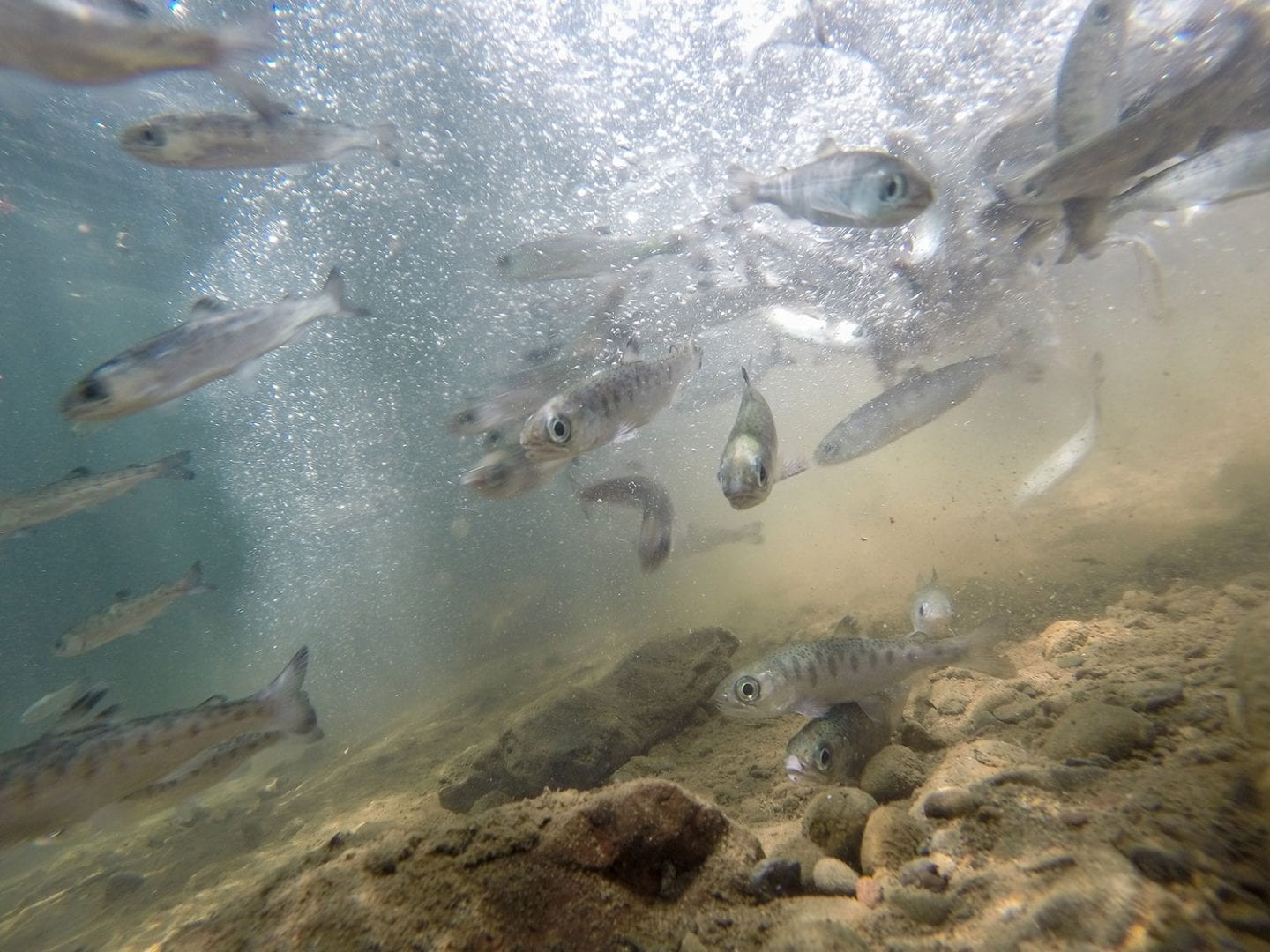
1979: State Senator and CalTrout member Bob Wilson sponsored a bill to better manage wild trout and steelhead in the state. CalTrout spearheaded the campaign to pass this bill and formalize the Wild Trout program within the Department of Fish and Game. The bill requires the Department to annually designate some miles of moving waters and acres of stillwaters to be managed for wild trout There are now over 60 Heritage and Wild Trout Waters. They represent the finest wild trout fisheries in California. In 1998, the Department created the Heritage Trout Program to highlight California’s 11 unique native trout species.
 The 1980s: As CalTrout worked to protect and develop quality waters and informed wild trout management practices, they also became engaged in finding solutions to some of the broader environmental issues in the state. They entered into the Mono Lake lawsuits which sought to restore Mono Lake levels and protect the fisheries in the Mono Basin. These waters had been in decline since the 1940s as a consequence of Los Angeles’ water diversions. This decade was defined by CalTrout’s victory in these Mono Lake cases, known as CalTrout I and CalTrout II. These cases not only preserved four great Eastern Sierra fisheries and began the process of refilling Mono Lake, but also set a precedent for water use that would form the legal basis for further conservation efforts throughout the state in the decades to come. It’s worth looking a bit more closely at the effects of these rulings.
The 1980s: As CalTrout worked to protect and develop quality waters and informed wild trout management practices, they also became engaged in finding solutions to some of the broader environmental issues in the state. They entered into the Mono Lake lawsuits which sought to restore Mono Lake levels and protect the fisheries in the Mono Basin. These waters had been in decline since the 1940s as a consequence of Los Angeles’ water diversions. This decade was defined by CalTrout’s victory in these Mono Lake cases, known as CalTrout I and CalTrout II. These cases not only preserved four great Eastern Sierra fisheries and began the process of refilling Mono Lake, but also set a precedent for water use that would form the legal basis for further conservation efforts throughout the state in the decades to come. It’s worth looking a bit more closely at the effects of these rulings.
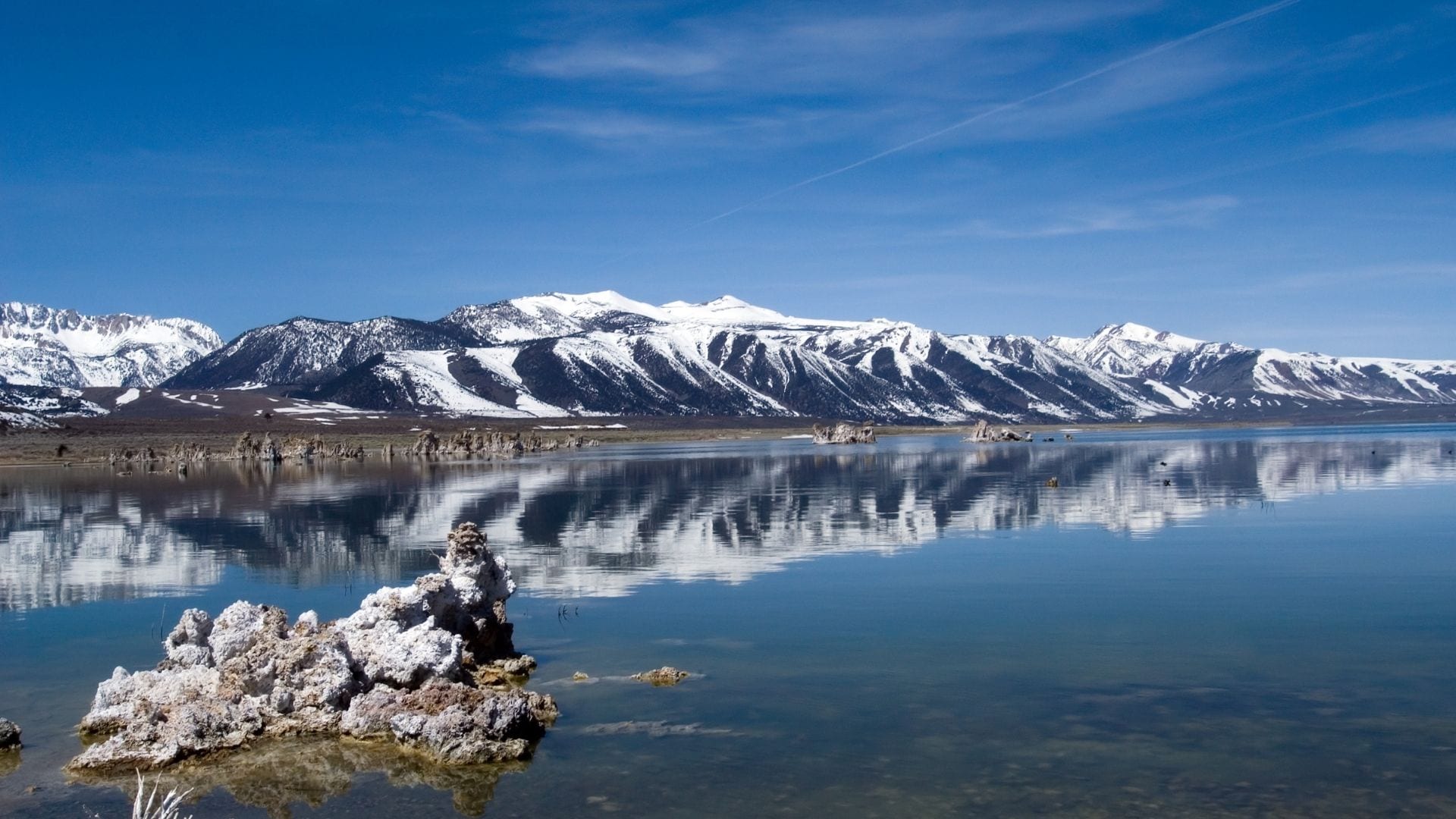
In CalTrout I, the court ordered the state to recall and reissue water licenses to LADWP for the four tributaries to Mono Lake. The new licenses had to comply with DFG Code 5937, which states “The owner of any dam shall allow sufficient water at all times to pass over, around, or through the dam, to keep in good condition any fish that may be planted or exist below the dam.” This ruling ended nearly 50 years of improperly dewatering the streams, and established that the Fish and Game Code 5937 took precedence over LADWP’s water rights
In CalTrout II, the organization went back to court the following year, after the State Water Board revealed its plan to delay actual flow releases for three years in order to study flow rates. The State Supreme Court rejected an appeal by the LADWP, ruling unanimously that the LADWP could not delay implementing the changes required in its new water diversion licenses. Taken together, these two landmark rulings not only restored four Eastern Sierra fisheries and began the process of refilling scenic Mono Lake, but have also been instrumental in redefining the way dams are required to be managed and water allocated throughout the state. The precedent set by these cases has been used to establish public trust claims on natural resources and ensure protection for California rivers into the future. CalTrout also established the legal precedent that trout are public property and, therefore, also subject to the Public Trust Doctrine. Under this doctrine, all water rights, regardless of their date, must balance the needs of fish against other uses.
1986: after 60 years of zero water releases into the Pit River below Lake Britton Dam, CalTrout helped win the reestablishment of water flows for trout in the six mile Pit River 3 Reach and the implementation of special regulations to protect the native rainbows. This created one of the finest wild trout fisheries in California.
1987: The CalTrout I & II decisions were used to enhance the flows in the Tuolomne River and on the West Fork of the San Gabriel the following year. In 1989 Putah Creek flows were raised for fish. In 2010, Napa River flows were stabilized at optimum levels for steelhead.
1991: The upper Sacramento River suffered from a catastrophic chemical spill from a derailed railroad tank car which killed all life in 45 miles of the river. CalTrout’s three year plan to restore the river created a thriving wild trout fishery instead of a quick, hatchery-based restoration.
1991: CalTrout formed the Smith River Alliance. Soon after, the Smith River National Recreation Area act was signed into law, giving permanent protection to this singular river and protecting its thriving populations steelhead, salmon, and coastal cutthroat trout.
1994: The Owens River was once the best brown trout fishery in California, with a daily bag limit of 25 pounds! In the ‘50s, the river was completely dewatered by the construction of hydro plants. After a break in the penstock brought water and fish back into the gorge, the CalTrout I & II decisions were invoked to keep the water flowing and convinced the LADWP to re-water the gorge permanently. An outstanding brown trout fishery has been reestablished.
 1997: the Southern California steelhead was listed under the federal Endangered Species Act, in response to lawsuits by CalTrout and others. In 1998, the Steelhead Recovery Act provided $43 million dollars for restoration efforts.
1997: the Southern California steelhead was listed under the federal Endangered Species Act, in response to lawsuits by CalTrout and others. In 1998, the Steelhead Recovery Act provided $43 million dollars for restoration efforts.
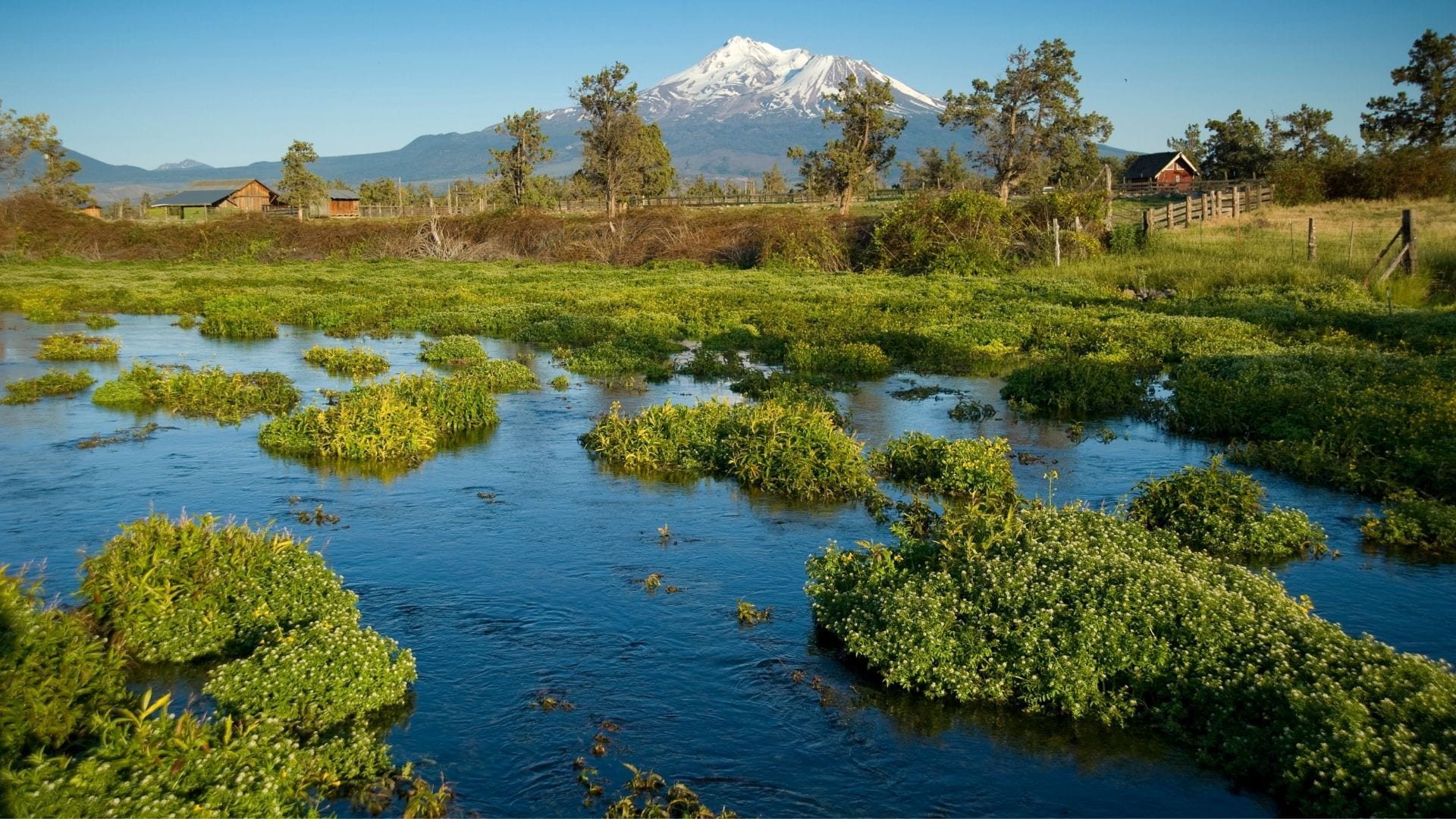
2001: The Golden Trout, California’s state fish, was given long term protection with the end of grazing leases in the Golden Trout Wilderness. In 2004, CalTrout-sponsored genetic sampling of golden trout populations helped determine genetic diversity and adaptability to climate change.
2003: Nestle Corporation came to the Mt Shasta area to build a massive water bottling plant, using water from the springs that form the headwaters of the McCloud and the Sacramento Rivers. CalTrout teamed with local organizations to oppose the plant with legal challenges and scientific studies. After six years of mounting opposition and changing economics, Nestle abandoned their plans in 2009.
2004 to 2007: Over these four years, CalTrout worked to increase the flows in several rivers across the state for steelhead and salmon. The Trinity River Restoration Project more than tripled that river’s flows. In the Gualala, flows were increased and stabilized. And in the San Joaquin, water was returned to the river and spring and fall run chinook salmon were reintroduced.
 In 2008, CalTrout teamed with UC Davis’s Center for Watershed Sciences to produce a landmark report: SOS: California’s Native Fish Crisis. This report suggested that the state’s native salmonids were in an unprecedented decline with over half headed for extinction by the end of the century. This meant that the state’s streams and rivers were also under pressure, threatening the water supplies of millions of Californians.
In 2008, CalTrout teamed with UC Davis’s Center for Watershed Sciences to produce a landmark report: SOS: California’s Native Fish Crisis. This report suggested that the state’s native salmonids were in an unprecedented decline with over half headed for extinction by the end of the century. This meant that the state’s streams and rivers were also under pressure, threatening the water supplies of millions of Californians.
2010: an historic agreement was signed by 40 stakeholders to remove the four dams on the Klamath River and restore the river’s natural flow reopening 400 miles of spawning and rearing habitat to salmon and steelhead. This is the most promising salmon recovery opportunity in California and the largest dam removal project in U.S. history. For over 100 years, these four dams have drastically altered the Klamath River and its tributaries. They have blocked access to prime spawning habitat, cut off cold source water, and created major water quality problems, including toxic algae blooms that have resulted in catastrophic fish kills. The removal of the these dams will greatly benefit not only the Klamath salmon fisheries but all the tribes and communities within the Klamath River Basin as well. CalTrout has been an active partner in this project since it’s inception.
In the first decade of the new millennium, it became apparent that watersheds and salmonids across the state were confronting existential challenges. Wildfire, drought, habitat destruction, demand for water, and the increasingly dire effects of climate change, were becoming commonplace. 2010 became a signal year in CalTrout’s history. For its first 40 years, the organization had relied on its members for most of its operating funds, with a few large donors and grants making up the difference annually. Now was the time to think big, to imagine an organization which could deal with the extraordinary challenges confronting the state’s salmonids, one that could take on major projects, funded by large grants from federal and state agencies and private foundations. CalTrout refocused on finding science-based solutions to landscape level problems, to doing large scale projects, and to building relationships with legislators and agency officials to influence water and fisheries policy and funding.
To prepare for this change, CalTrout expanded its regional offices across the state to six, each run by a highly qualified scientist. It embraced a long term planning process that set goals for years into the future and set the organization on a path to do some of the most innovative and imaginative fisheries projects in the country. The staff has grown from 14 in 2010 and a $2.4M budget to 35 in 2021 with a $15M budget.
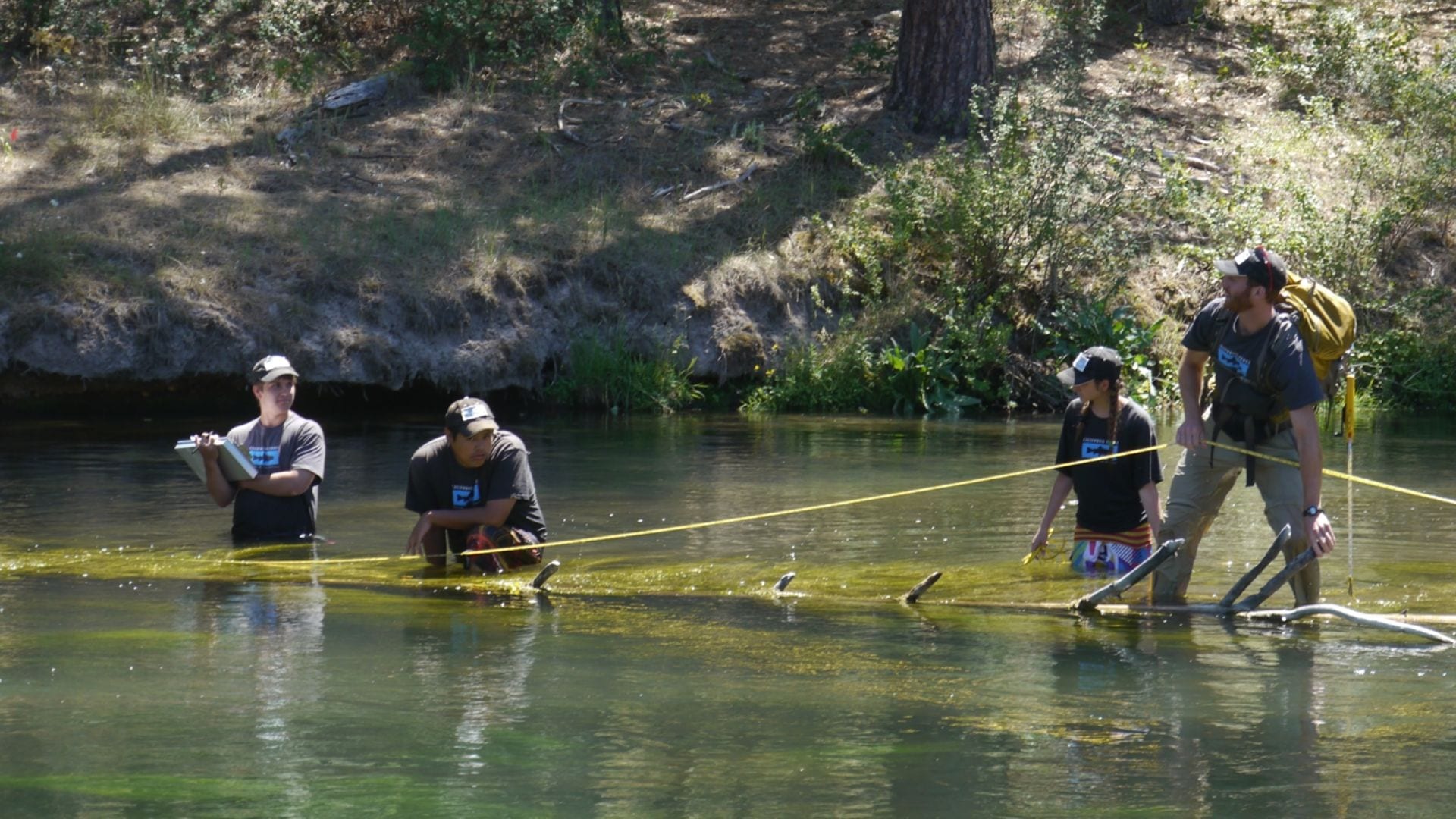
A snapshot today shows CalTrout focused on several key areas:
CalTrout’s commitment to protecting the best waters is reflected in the recently completed restoration of the wild trout section of Hat Creek, addressing sediment issues, habitat improvement, expanded angler access, and engaging local Pit River tribal members in husbanding their ancestral lands.
In southern California, CaTrout is working for the protection and recovery of the endangered Southern California steelhead and the increased genetic diversity of native rainbow trout. CalTrout leading efforts to remove fish passage barriers because connecting steelhead populations to each other strengthens the populations and increases their resiliency. CalTrout is preserving local native rainbow populations by dispersing them into suitable habitat and using selective breeding to maximize genetic diversity. These small, stable populations protect rainbow trout in the face of fire, drought, water quality, non-native species competition, climate change and disease.

CalTrout is integrating wild fish into working landscapes in exciting ways. The Nigiri Project, now in its eighth year, floods dormant rice fields in the winter along the Sacramento River. This creates an extraordinary amount of food to support fish. Chinook fry raised in these fields, known as “Floodplain Fatties” by the researchers, grow up to five times bigger than fry in the river.
The Fish Food on Flood Plains Project also floods thousands of acres of rice fields in the Sacramento Valley. Floodplains produce 150 times more food than the river alone. The floodplain water is then drained into the river. Fish at the inflow and up to a mile downstream grow 3-5 times faster relative to fish immediately upstream of the inflow. This shows the potential to boost food in Central Valley rivers and help recover endangered fish.
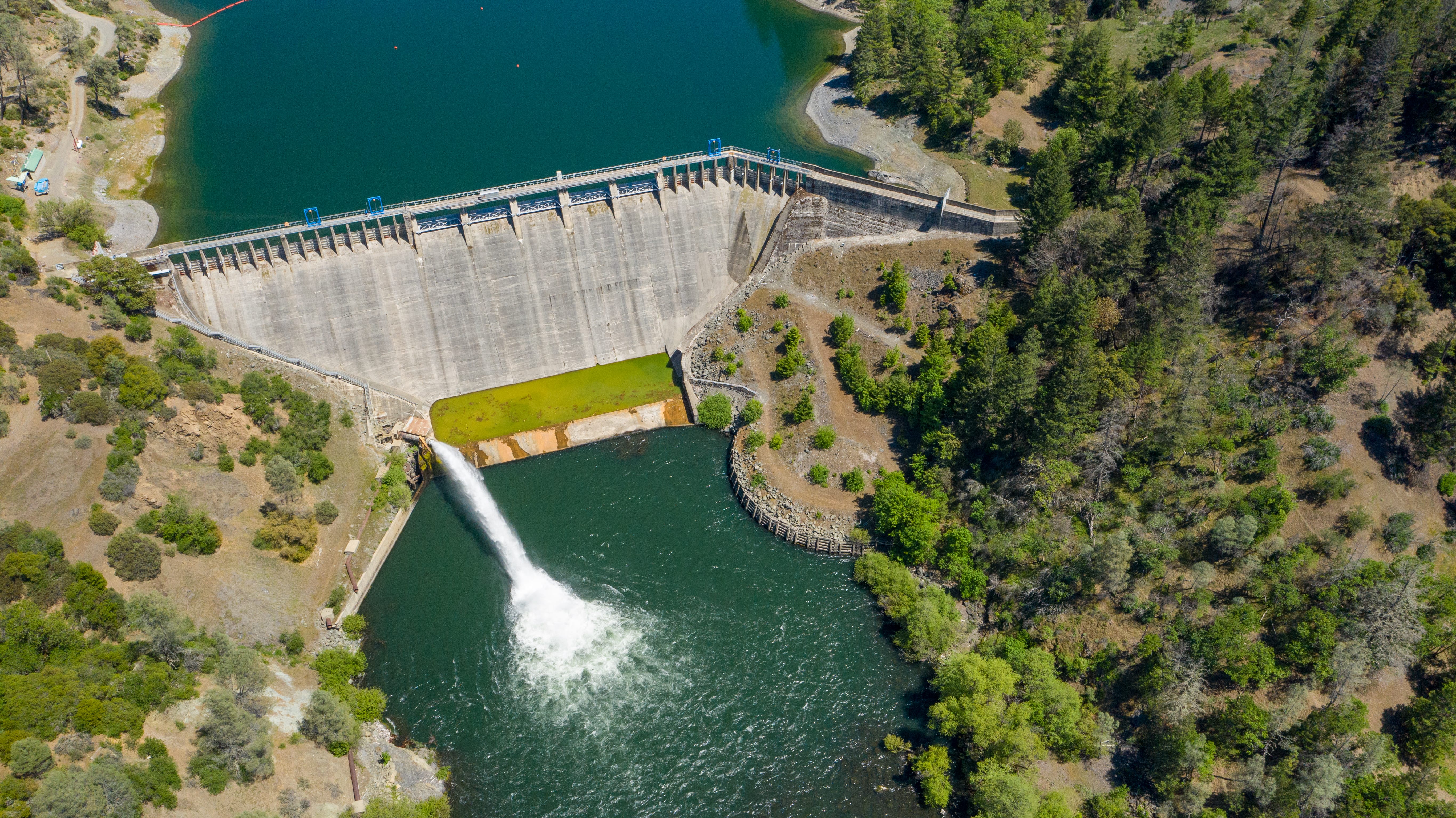
The Klamath Dams removal is the most promising salmon recovery opportunity in California and the largest dam removal project in U.S. history. CalTrout has been involved in the process for over 10 years and hopes to use it as a model for future dam removal efforts. The Potter Valley Project, where CalTrout is part of a group designing a plan to remove Scott Dam on the Eel River could be next. It would open 300 miles of spawning grounds to salmon and steelhead.
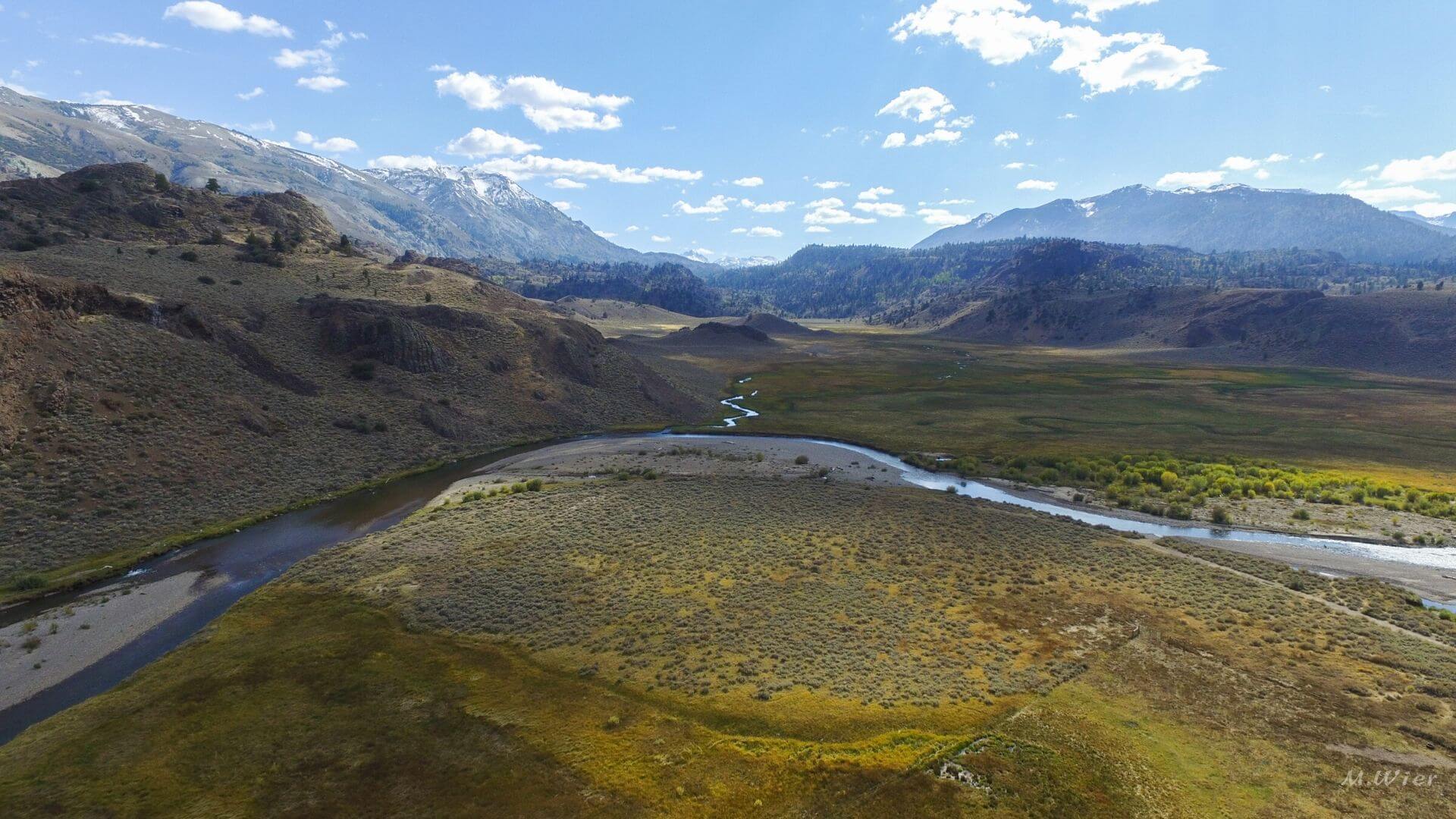
CalTrout is leading the effort to restore headwater meadows in the eastern Sierra Nevada which have been heavily degraded by human activity. The Sierras are the source of 60% of California’s water. Meadows catch snow melt water and release it throughout the summer and fall. Meadows are a bedrock of biodiversity, and in an era of accelerating climate change, they sequester carbon and they mitigate the impact of wildfires.

In their efforts to restore estuaries, CalTrout is at work on the Eel River in a headwaters to the sea approach to improve conditions in the river and remove barriers to migration in tributary streams. Pescadero Creek, just south of San Francisco, is home to a project to restore a thriving steelhead population by improving spawning habitat and removing barriers to upstream migration.
Ever since it’s early successes in defeating the Dos Rios Dam on the Eel, supporting the Wild and Scenic Rivers Act and the Wild Trout bill in the 1970s, CalTrout has worked on legislation protecting watersheds and fisheries across the state. In 2014, CalTrout supported Proposition 1, which created bonds for water projects. The Parks and Water Bond Act has generated $4 Billion so far. In recent years, CalTrout has helped secure $12 Billion in funds to benefit fish, water, and people.
It’s been fifty years since that small group of anglers gathered along the stream between Crystal and Baum Lakes to spread gravel and improve the prospects for brown and rainbow trout. The world has changed in profound and often disturbing ways. The 1970s saw the dawning of environmental awareness in the United States - the first Earth Day, the establishment of the Environmental Protection Agency, the ban on DDT. 2021 find us in a profoundly different world, with catastrophic climate events, rising global temperatures, and challenges to natural systems and people everywhere. It is a tribute to the founders of CalTrout that their vision of preserving, protecting and enhancing the trout, salmon, and steelhead of the state and the waters they live in for the benefit of the environment and the people of California has continued to grow and expand to meet these challenges. It’s been said that a small group of thoughtful, committed citizens is the only thing that can change the world. These past fifty years have demonstrated of the truth of that statement. The next time you find yourself standing in a trout stream anywhere in California, casting to wild fish, it’s California Trout that has done so much to make that experience possible.

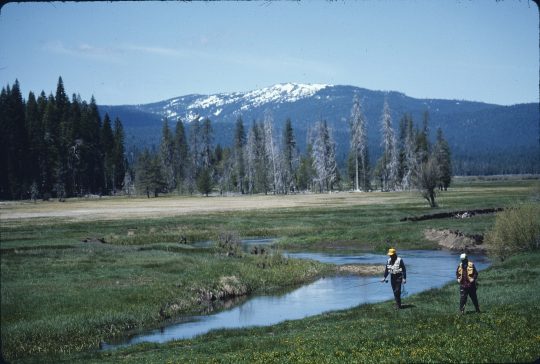
For more stories like this, along with news and tips on angling in California, subscribe to California Fly Fisher magazine: https://www.calflyfisher.com






